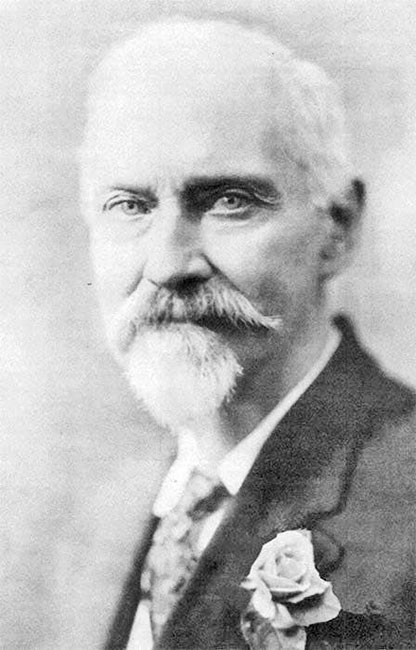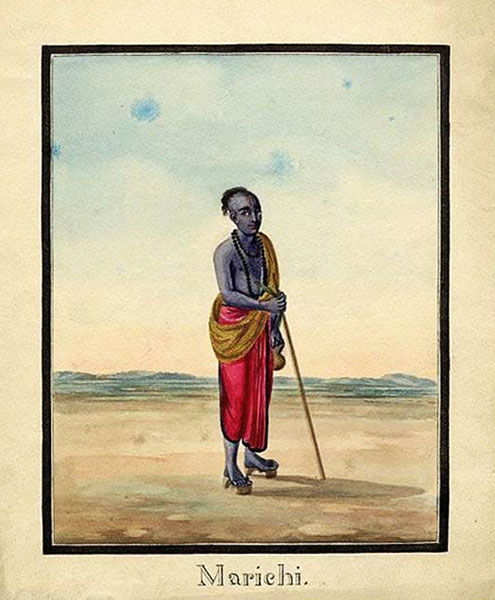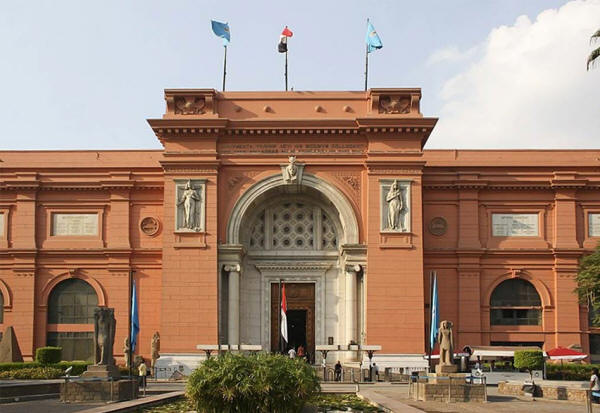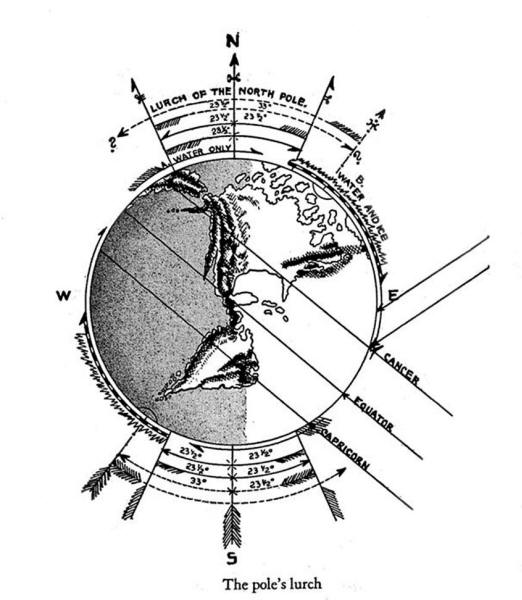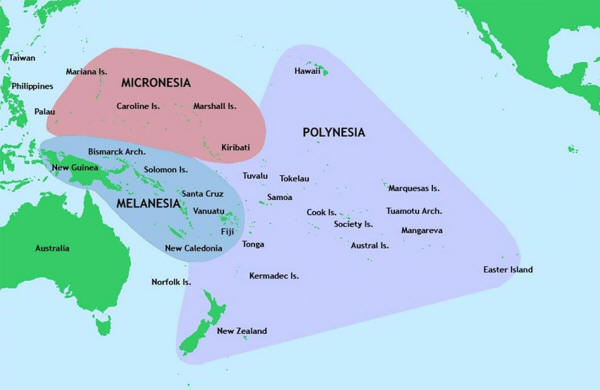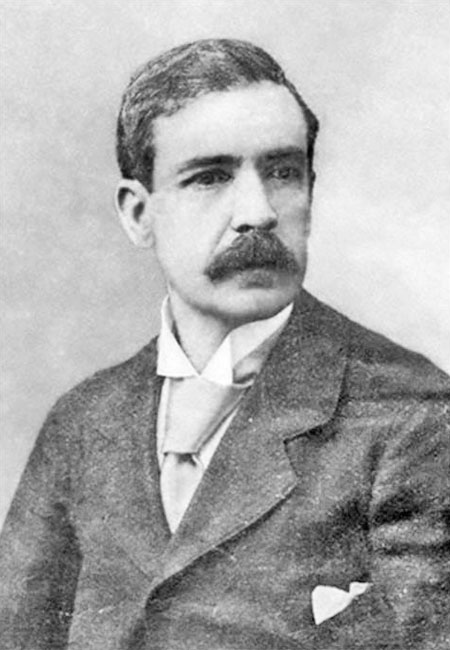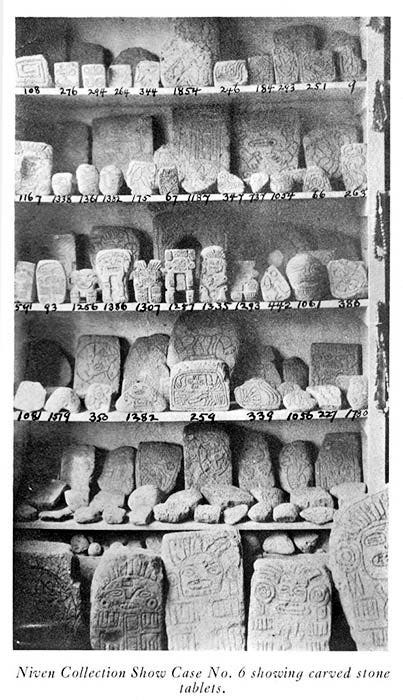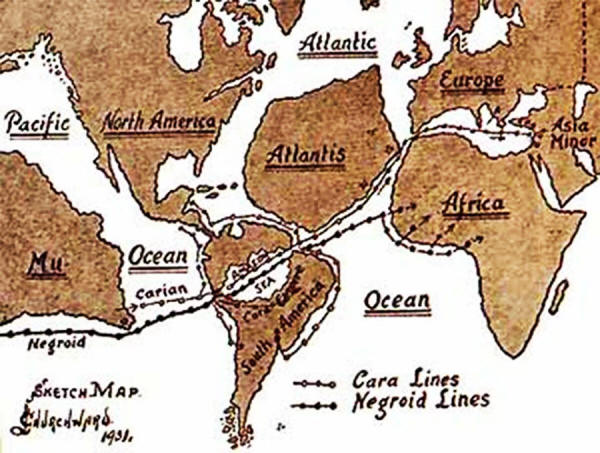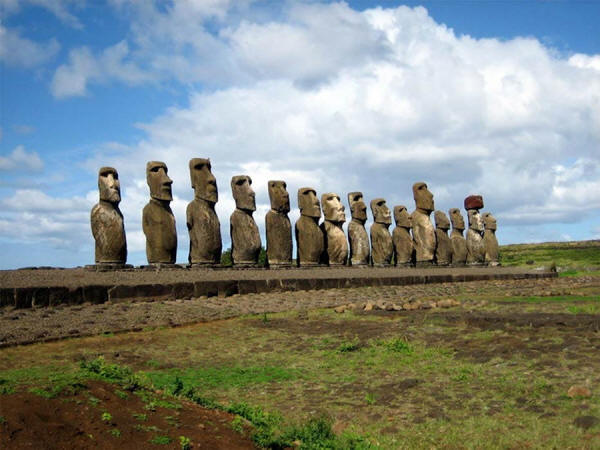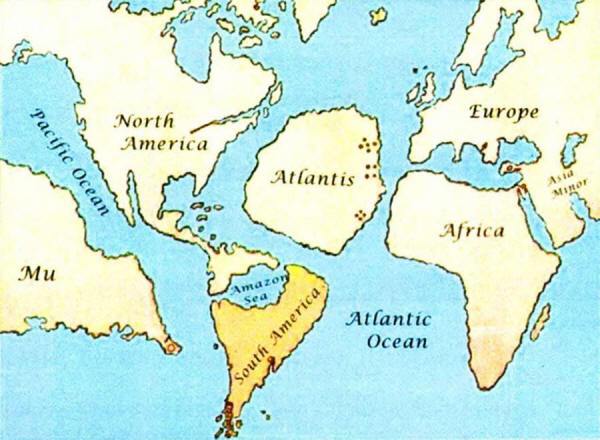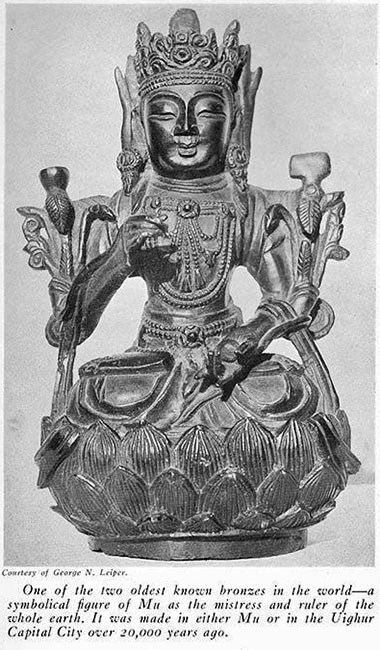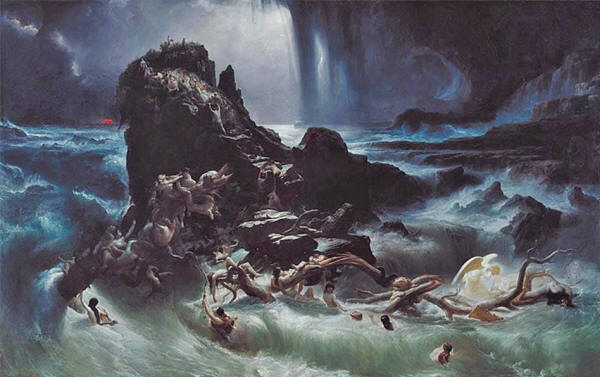|
by David Hatcher
Childress from AncientOriginsUnleashed Website
by N.Roerich (1929)
(Public
Domain)
He discovered remnants
and relics of this 200,000-year old civilization, and considered the
great civilizations of
Atlantis and the old Oriental
empires, India, Egypt and Babylonia, as the 'offspring' or dying
embers of Mu...
(Public Domain)
The Churchwards were an old Devonshire family with a strong Masonic background. He told friends that he had been educated at Oxford and the military academy at Sandhurst.
In 1868, at only 18 years of age, he was sent to India as a young military officer. As part of the British military in occupied India, Churchward eventually rose to the rank of Colonel.
His first assignment brought him to Central India to assist in famine relief, and it was here that he made a contact that would change his life.
A high-ranking Hindu priest, known as a rishi from a temple school monastery befriended him, and a 12-year association began. As the friendship deepened, the rishi gave Churchward access to some very rare and mystical ancient tablets which had purportedly been hidden in the temple vaults for thousands of years.
The tablets were carved with arcane symbols, and the rishi began teaching Churchward how to interpret some of the simpler signs.
Churchward proved an avid
student, and the lessons continued until eventually Churchward had
mastered the language - supposed to be the original language of
mankind...!
a Rishi and son of Brahma.
(Public
Domain)
After 12 years of studying Mu (as this mother civilization was known) with the rishi, Churchward felt it was time to leave India.
His knowledge of the primordial civilization described on the tablets of the temple, combined with a scholar-adventurer's curiosity and wanderlust, spurred him to search for further evidence of this civilization.
Here, Churchward found evidence for the existence of Mu in the form of rock carvings, which he deciphered using the language of Mu.
One would imagine that Churchward used his status and contacts as a retired Colonel to travel relatively cheaply with military convoys, sleeping in army barracks and such.
His letters of introduction from other British officers would no doubt serve him well.
Travel in the late 1800s and early 1900s was expensive and slow, especially in Central Asia and the vast Pacific; even today many Pacific Islands are difficult and expensive to reach.
Churchward became an
extremely well-traveled man for the time period, by any standard.
Tahrir Square, Cairo
(Diego Delso/ CC BY-SA 3.0)
Churchward examined Egyptian hieroglyphs and papyrii in light of the symbol-language of Mu and attempted to translate some of the documents in terms of that arcane language taught to him by the rishi.
He was now looking for evidence of ancient cataclysms, which, if it could be found, would lend credence to the idea that an ancient, advanced civilization such as Mu could disappear.
Churchward wanted to see the piles of mammoth bones and tusks washed up in tidal waves on the Lackoff Islands (The Islands of Bones) just beyond the mouth of the Lena.
He was convinced by these
giant piles of ivory and bones that a 'pole
shift' phenomenon had occurred in the past, where the
earth's crust slipped several degrees toward the equator causing
massive tidal waves to wash over portions of the earth and
ultimately cause the sinking of entire
continents such as Mu.
(Author provided with permission © Children of Mu)
Here his trail in search of the cataclysms of the past ended, and Churchward felt he had the geological and historical proof that he needed to establish the existence of ancient civilizations.
Churchward had been told by the rishi that,
...and found evidence in the region to make him believe this was true.
The local tradition of
the
land of Shambala (or Agartha)
told that it was the remnant of an advanced ancient civilization
that was also destroyed in the cataclysmic pole shift, with its
attendant earthquakes, tidal waves and volcanic activity.
Map Pacific Islands Region.
(Public
Domain)
Australasia and The
South Pacific Islands
Urged by relatives to visit New Zealand, Churchward there gathered some information from local Maoris that again sent him traveling for further evidence of Mu.
He journeyed as a passenger on assorted tramp steamers going to various Polynesian Islands in the South Pacific.
Churchward believed the megalithic remains he found throughout the region, coupled with island legends of sunken continents, were the final evidence he needed to write his book on the ancient, sunken continent of Mu.
He believed that he had
at last substantiated the stories he had learned through his studies
with the rishi.
mineralogist and archaeologist (circa 1895) (Public Domain).
He soon met Percy Tate Griffith, who was to become his best friend in his later years.
Churchward lived in New York until his death in 1936, with the exception of two years when he joined his friend William Niven in Mexico and Central America.
Niven's discoveries of
ancient buried cities in the valley of Mexico were exciting to
Churchward and he joined Niven in Mexico City and traveled to the
Yucatan and other areas of Central America to compare the records
discovered there with those he had found the world over.
Niven's Collection of Mesoamerican stone tablets
(Author provided with permission © Children of Mu)
Augustus LePlongeon was a dedicated French Mason and had done much of the early excavations at Chichen Itza in the Yucatan.
His book Queen Moo and the Egyptian Sphinx was published in 1900 in London and was popular among archaeologists and mystics of the time.
Churchward, Griffith and the LePlongeons would sit in Churchward's or Griffith's study for hours talking about Atlantis, Mexico, Tiahuanaco and Churchward's belief in his sunken continent of Mu.
This culminated in the self-publishing in 1926 of The Lost Continent of MU.
Churchward's book made quite a splash at the time. It received wide attention from reviewers and became the subject of much discussion.
Indeed, such groups as
the
Rosicrucians (AMORC) and the
Lemurian Fellowship took Churchward's books to heart and sought
to elaborate on his works, with which they were largely in
agreement.
showing how he thought Mu refugees spread out after the cataclysm through South America, along the shores of Atlantis, and into Africa.
(Public
Domain)
He had sketched the megalithic arch in Tonga back in 1876, probably before he ever thought he would write a book.
He cut a publishing deal with the New York City publisher Ives Washburn (now defunct) for the republishing of his book, plus the publishing of his follow-up books.
'The Children of Mu' and 'The Sacred Symbols of Mu' came in quick succession.
Said the cover blurb for The Children of Mu, a book largely about the colonization of Atlantis and the rest of the world:
The cover copy for The Sacred Symbols of Mu reads:
(Adventures Unlimited Press)
The cover copy on The Cosmic Forces of Mu, Volume One reads:
The cover copy on The Cosmic Forces of Mu, Volume Two reads:
Colonel James Churchward died approximately one year after the publication of his final book.
He died satisfied that
the lessons of the rishi had filled the void that had come in his
life after leaving India, and the world had now heard the rishi's
message.
on Easter Island restored by Chilean archaeologist Claudio Cristino in the 1990s. (CC BY-SA 2.5)
Basing its area on the remains which are still above water, it would have been about 6,000 miles from east to west, and about 3,000 from north to south. All the rocky islands, individually and in groups, scattered over the Pacific Ocean were once part of the continent of Mu.
About 12,000 years ago cataclysmic earthquakes rent Mu asunder. She became a fiery vortex, and the waters of the Pacific rushed in, making a watery grave for a vast civilization and 60-million people.
Easter Island, Tahiti,
Samoas, Cook, Tongas, Marshall, Gilbert, Caroline, Marianas, Hawaii
and the Marquesas are the pathetic fingers of that great land,
standing today as sentinels to a silent grave.
(Author
provided with permission © Children of Mu)
...and legends throughout
the world.
(Author
provided with permission ©Children of Mu)
They show that there was once a large continent of land in the Pacific Ocean called the Land of Mu. On this great continent man made his advent on earth about 200,000 years ago.
The Land of Mu and the Biblical Garden of Eden were one and the same land. Both the Naacal and the Mexican tablets show clearly that man is a special creation.
They also show in what way he differs from all other creations. An account of the creation is given in both sets of tablets which is very similar to the Biblical account.
At the time of Mu's destruction her people were in an exceedingly high state of civilization; as regards science she was far ahead of the present time.
No wonder! She was at the
end of 200,000 years of experience and development.
All tablets, inscriptions and writings which I used in The Lost Continent of Mu are accompanied by keys for reading them.
Every assertion made is accompanied by reasonable proof. The facts are there. The theories will have to take care of themselves. I wish it understood that what is revealed of the past in my writings must not be considered discoveries by me.
I am simply stating what
I find in writings that run from 12,000 to 70,000 years ago if the
mode of keeping time was correct.
(Ming Dynasty) Palace Museum, Beijing.
(Public
Domain)
Lao Tsu, the Chinese sage of 600 BC, speaks of the great learning and advancement of his prehistoric forefathers.
The ancients were wise and thoughtful for those who were to come after them. They left indestructible records written on clay and stone. This wisdom is spoken of by Souchis priests of Sais to Solon the Greek, as recorded in Plutarch.
These writings have been broken up and many of them lost. As they were universal among the ancients, scraps and fragments of them are found in all quarters of the earth.
When put together they supplement one another to a great extent, so that by combining them we can make a beginning towards unraveling the wonders of the earth's First Great Civilization.
For over 50 years I have been hunting these scraps and putting them together so as to form the beginning of an intelligent tale of the Creation and Man.
It rests with those who
come after me to complete the tale.
(Author
provided with permission © Children of Mu)
During the past few years, I have been singularly fortunate in finding two that are at least intimately connected with Mu. Both are symbolic figures in bronze.
They were either made in the Motherland or in one of the ancient Uighur cities before the eastern half of that great empire was destroyed by the north running wave of the last magnetic cataclysm which was the 'Biblical Flood'.
This wave destroyed all the country over which it ran, the people were drowned and the cities washed away or buried under the drift. The Uighur capital city today lies under 50 feet of boulders, gravel and sand.
It is situated in the Gobi Desert, which today has large areas of rock only, the soil and everything with it having been washed away by the 'Flood'.
I am using one of these relics as the frontispiece of this book. It is, without question, one of the two oldest bronzes in existence. If Uighur, it is about 18,000 or 20,000 years old.
If from Mu, the age cannot be estimated.
This figure is a symbol of Mu as the great ruler. The fineness of the workmanship is not to be found surpassed, and very seldom equaled in any of the prominent jewelry stores in our big cities today.
Both symbols have been in America for about 150 years.
I know their history, but the less said about it the better since, in the Oriental home from which they were taken, they were without question sacred relics.
The British Museum has
three scepters which undoubtedly were manufactured in Mu before she
went down.
by Francis Danby (1840)
(Public
Domain)
Although they were physically easily differentiated, there were few variations in language, and these only of a minor character. A greater change is seen in their glyphs or writings.
In the Motherland each of her people occupied its own territory; and, when various tribes took part in the colonization of a new country, they did not settle down indiscriminately, but each tribe took its own land and built its own cities as their fathers did in Mu.
They settled down adjoining each other and formed a homogeneous whole.
Every letter in every word in the ancient language of Mu is pronounced.
This original form of isolation grew with time so that the tribes eventually became separate peoples, and finally nations.
And as the isolation became greater, changes in language crept in.
He was a military man and administrator, a mystic and student of ancient languages, an artist and mapmaker, as well as a calligrapher. He was also a salesman, an inventor and author.
For many years he was that rarest of breed, 'the professional traveler'.
|



